Chapter 3 - Frontend
Related links: source, draft site demo, final site demo
Introduction: Edie
Based on Allan and Barnabas from Vaporwear's statement that they wanted a, "custom, modern Web frontend," it hadn't taken Edie long to decide to build their new site using React.js. In fact, while the 3D parts of the design were of a kind and scope Edie had never encountered before, the site itself didn't need to be complicated at all: from what she'd discussed with Diane, the 3D parts of the site would show up as a set of files and a private NPM package. On the whole, it sounded pretty easy, and it would work brilliantly with a typical React.js development workflow.
Note: Because Dev Stories are not intended to be coding tutorials, the following sections gloss over implementation details in order to move at a very fast pace. For specific information on how any particular feature was done, the implementation can be inspected directly in the code, and specific Babylon questions are always very welcome on the forum.
Setting Up the Site
The "website" part of the new Vaporwear website didn't seem to require anything particularly special -- it was, if anything, a rather simple example of a modern single-page application -- so Edie was able to set up a rough draft of it even before receiving the 3D components by pretty closely following React.js's own tutorial.
-
npx create-react-app vaporwear-react-site
-
Using a logo from among the files provided by Allan from Vaporwear, Edie created components for simple header and footer bars.

-
Similarly, she added quick drafts of the title and "byline" components, the latter of which would hold the specific text callouts Allan had requested.
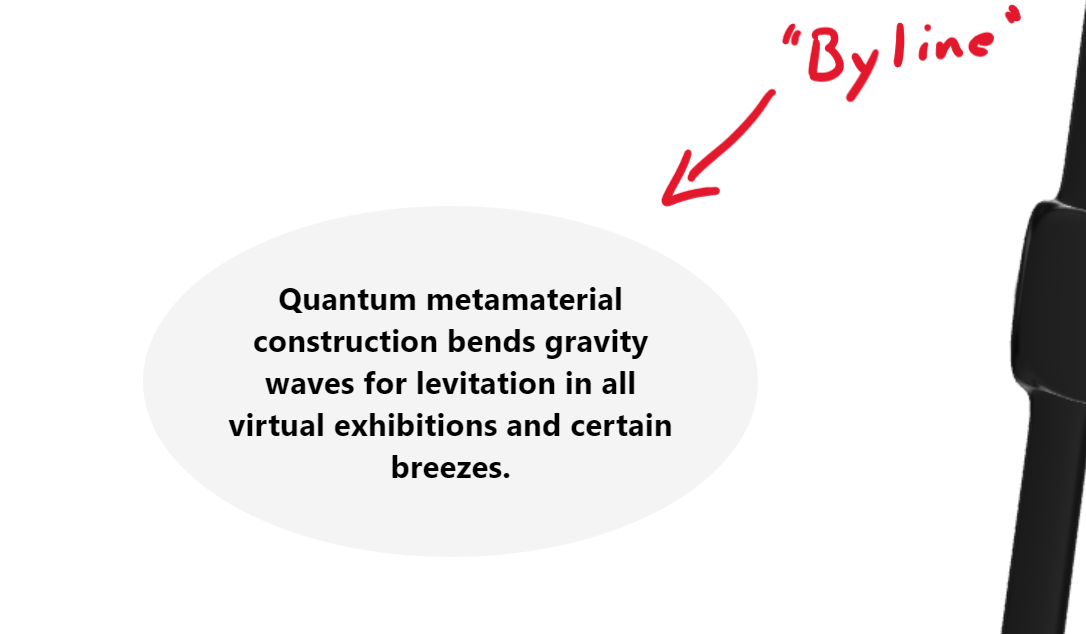
-
Since she didn't yet have the 3D components and wasn't exactly sure what form they would take, she decided not to create a component for that yet and instead just hold its spot with a placeholder.
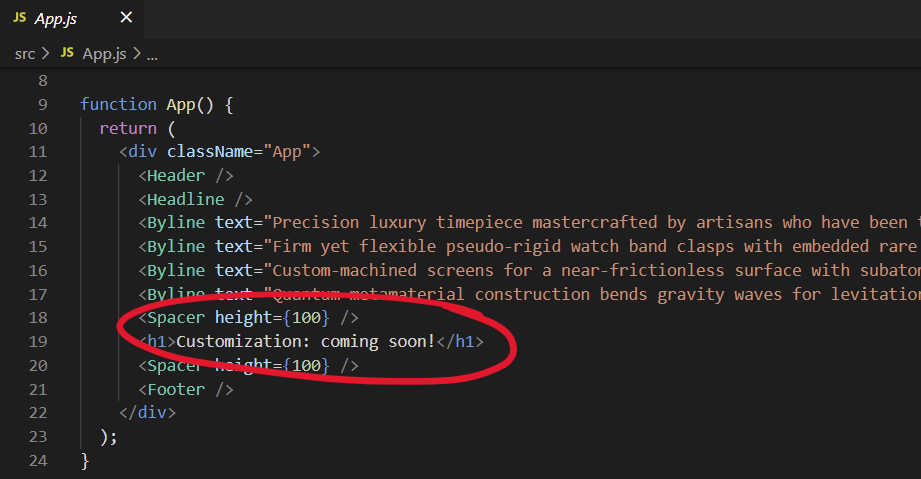
-
With the draft site working, she could have used the
gh-pagesNPM package to have easily hosted the site on GitHub pages so that people could see it running live if they read about it as part of some kind of documentation narrative. This was a contracted project, though, so she definitely didn't do that.
This, of course, was only a rough draft of the site not including any of the 3D elements. It showcased all the major concepts and components, but it was pretty bland; Edie herself was curious to see how much it would liven up once she could integrate the 3D experience.
Integrating the 3D Experience
-
When the 3D experience was ready, it came in the form of a private NPM package and a handful of 3D art files. Regarding the files, Diane had said to, "Just put them somewhere accessible and tell the
VaporwearExperiencehow to find them," so Edie started by dropping all the files in her app'spublicfolder.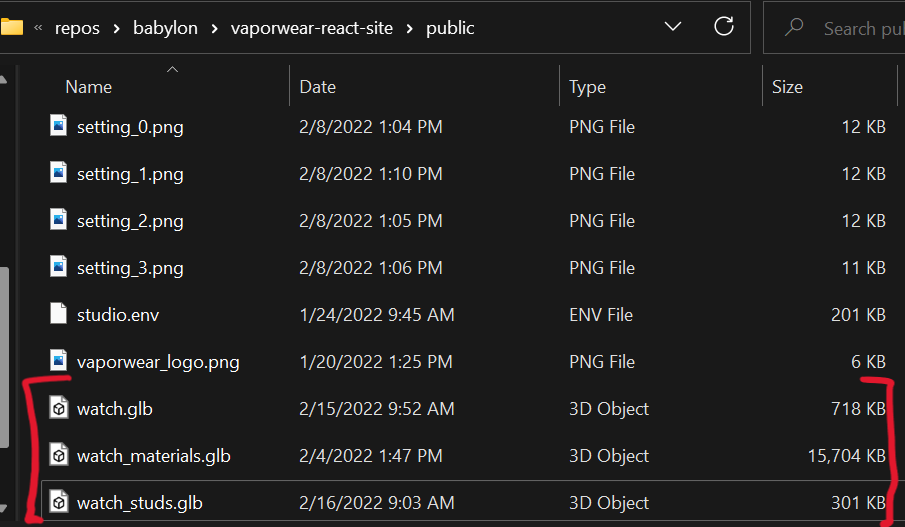
-
Next, she installed the private Vaporwear Experience NPM package...
npm install @syntheticmagus/vaporwear-experience -
...and created a component to house said experience.

-
The heart of the Babylon Experience component, from Edie's perspective, would be the
HTMLCanvasElementon which the 3D experience would display. This canvas would only be interactible in "configuration" mode at the bottom of the site but would be visible in the background throughout the site, so Edie made its canvas full-page width and height with fixed positioning.
-
With both the canvas and the 3D assets available, Edie was able to create a
VaporwearExperienceand see the 3D rendering in her draft site for the first time.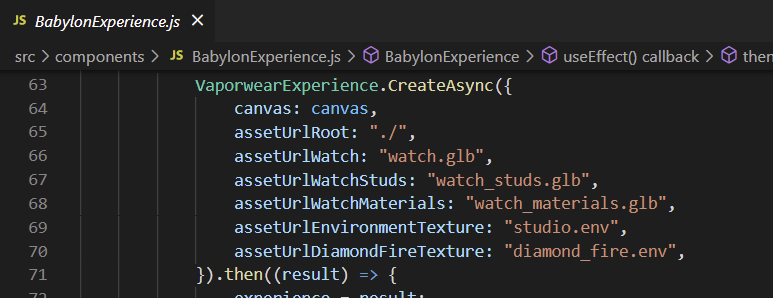
-
She added an event listener to handle updates to "hotspot" positions...

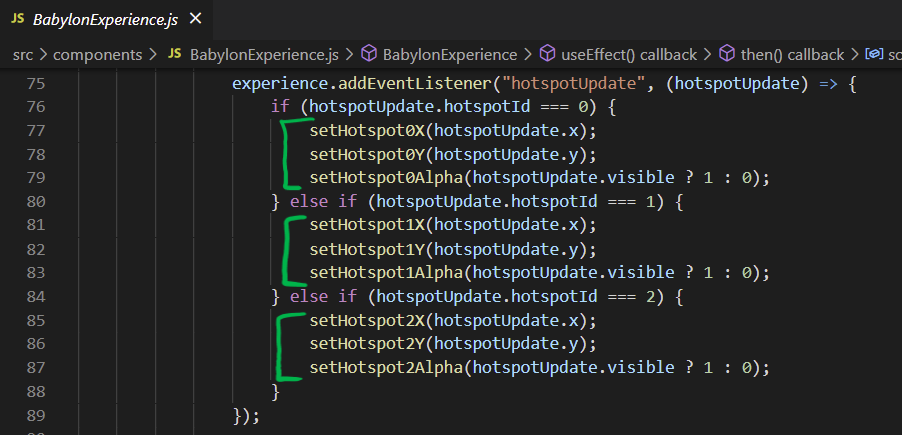
-
...pegged the app state to the scroll position...

-
...and created custom UI to enable configuration in the configuration state.

-
Other elements required tweaking to accomodate the new behavior, and certain visual choices evolved as the site matured. Soon, however, all the requested features were enabled and all the requested text had been added (at least where the Vaporwear company hadn't forgotten to provide it), and the final iteration of App.js was even more streamlined than it had been in the draft.
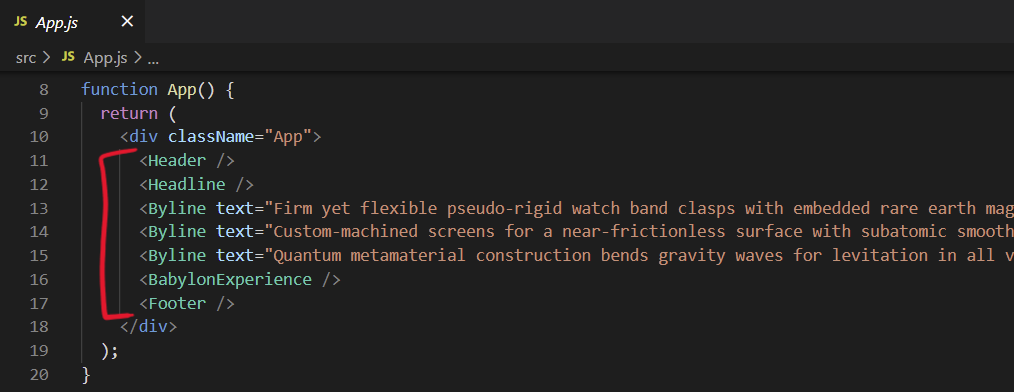
-
And thus, at long last, the new Vaporwear e-commerce site was ready for deployment on the Vaporwear company's production-quality servers that definitely didn't have anything to do with GitHub Pages.

The site was completed; the contract was over. Carlos, Diane, and Edie all decided to keep in touch and hoped to work together again, and Allan could not have been more thrilled with the new 3D-powered Vaporwear website. Barnabas was happy too, although Edie got the impression that, when he looked at the new site, Barnabas did feel just a little bit sorry for the old one.